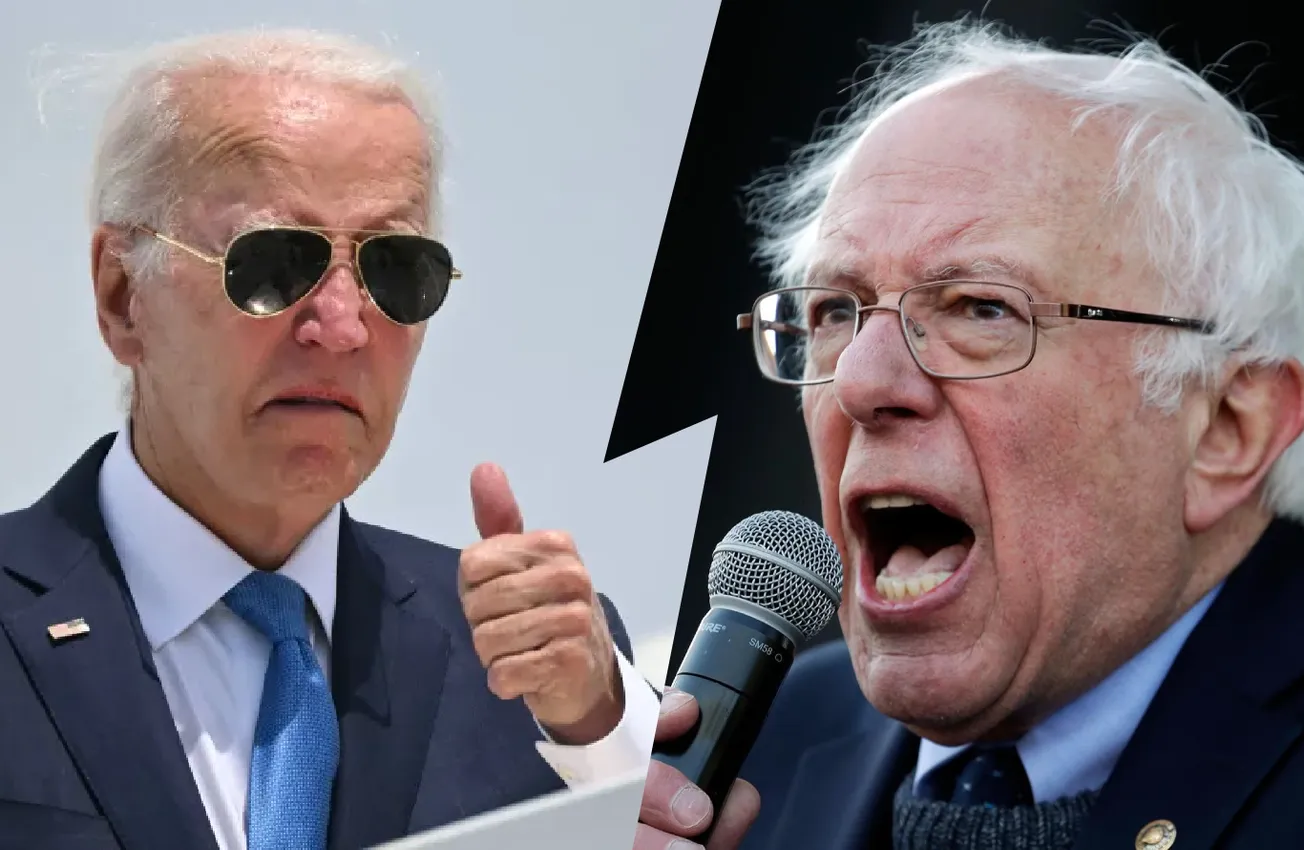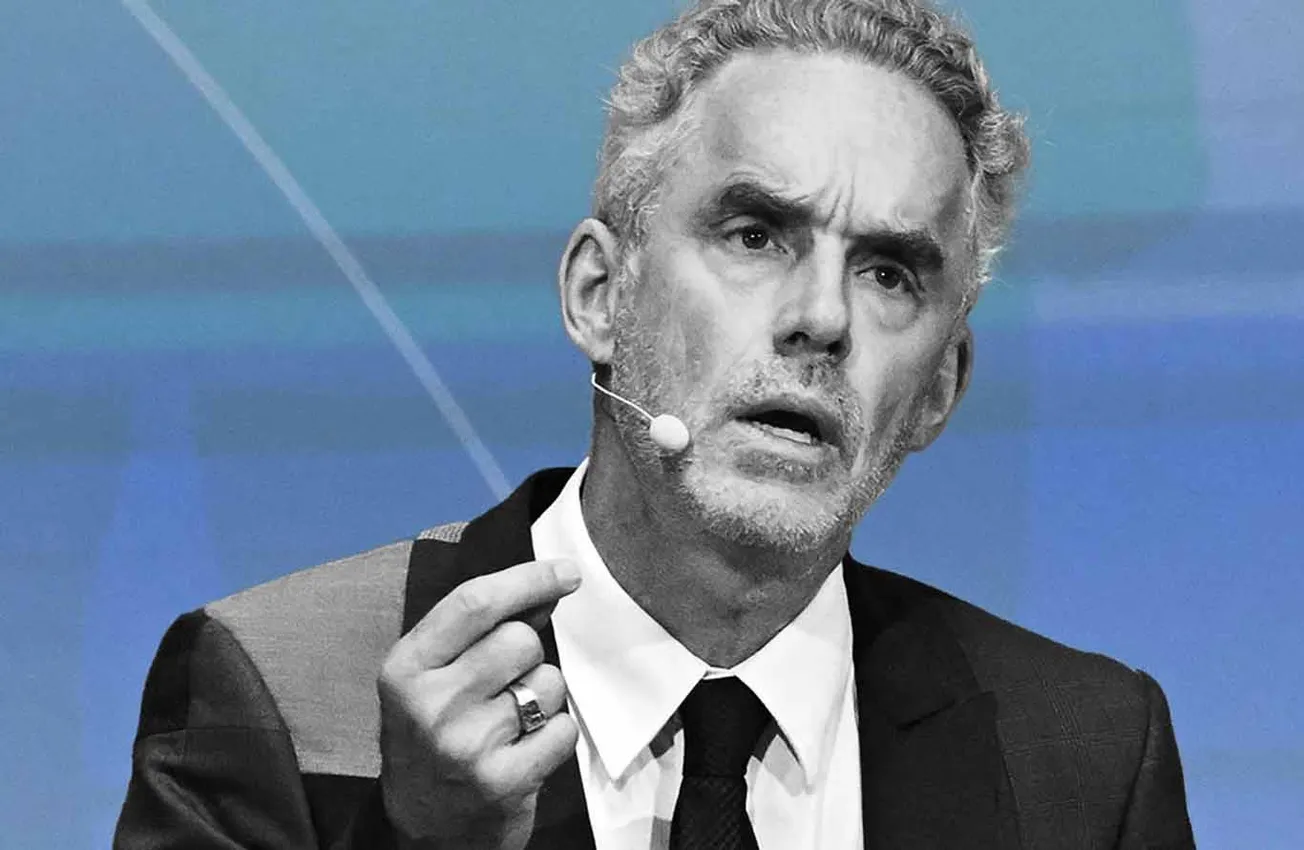If you’ve ever watched CNN or scrolled through social media, you’ve probably heard the terms “leftist” and “liberal” thrown around as if they mean the same thing. To many conservatives, the terms leftist vs liberal are just two sides of the same coin—Democrats who want more government control. But make no mistake: Leftists and liberals are not the same.
In fact, they don’t even like each other. And knowing the difference between them is key to understanding how the left operates. While liberals want to control the system, leftists want to tear it down.
The Liberal strategy in the leftist vs liberal divide: Big government, slow change
Liberals are the so-called “moderates” of the Democratic Party. They believe in capitalism, but only if it’s heavily regulated. They don’t want to eliminate private businesses outright, but they’re more than willing to tax them into the ground and expand government programs that make Americans more dependent on the state.
Take healthcare. Liberals pushed Obamacare under the idea of making healthcare more “affordable.” In practice, it drove up costs, limited choices, and laid the groundwork for a government-run system. That’s how liberals operate: Introduce a “fix,” wait for it to create more problems, then demand even bigger government solutions.
On social issues, liberals claim to support free speech but are quick to back corporate censorship and political correctness when it benefits them. They say they support law enforcement, yet they advocate for policies that weaken the police and embolden criminals. And while they push for “equality,” their policies punish hard work and reward government dependence.
The Leftist approach: Radical change, no compromise
If liberals want to tweak the system, leftists want to replace it entirely. These are the activists who call for socialism, demand massive wealth redistribution, and argue that America itself is beyond saving.
To a leftist, capitalism isn’t something that needs reforms (like liberals believe). Instead, leftists see capitalism as the root of all problems. They believe the economy should be run by the government and that bureaucrats should decide who gets what. They view success as exploitation and want to “level the playing field” by dismantling free markets.
And it’s not just about economics. Leftists believe America is inherently flawed. While a liberal might say they “love America but want to improve it,” a leftist sees the country as built on oppression and in need of fundamental change. That’s why they push Critical Race Theory, tear down historical statues, and argue that the Constitution is outdated.
This graph illustrates the woke mind virus taking over legacy media.
— Elon Musk (@elonmusk) April 24, 2024
Same happened with online media and the education system. Then it spread to other countries.
Infection rate almost 100%.
But now it will die. pic.twitter.com/z5wMNfRym2
Nationalism and patriotism: A major divide
One of the clearest ways to tell a liberal apart from a leftist is how they view America itself.
Liberals generally support the idea of America as a great country, though they believe it needs “fixing.” They’re often hesitant to embrace outright nationalism, but they’ll still wave the flag on the 4th of July and discuss American values when it suits them.
Leftists, however, see nationalism as toxic. To them, national identity is a tool of oppression. They believe the idea of American exceptionalism is outdated and should be replaced with globalism. That’s why they push for open borders, international wealth redistribution, and policies that weaken national sovereignty.
This is also why leftists tend to oppose strong military defense and reject the idea that America should lead the world. Where conservatives see American strength as necessary for global stability, leftists see it as a threat. Their ultimate goal is a world without borders, where national identity is erased in favor of collective global governance.
The war on free speech
A good way to tell a liberal apart from a leftist is by looking at their stance on free speech. Liberals, at least historically, believed in open debate. They were willing to argue their points and let the system work things out. Leftists, on the other hand, see opposing views as dangerous. If they disagree with something, they don’t debate it—they try to shut it down.
This is why universities, Hollywood, and Big Tech—places dominated by leftist ideology—are aggressively pushing censorship. People who question the left’s agenda are de-platformed, silenced, or labeled as threats. And, while some liberals may find this approach extreme, they rarely stand up against it.
Facebook has just completely REVERSED course on censorship, after years of doing the Democratic Party’s anti-free speech bidding. It’s beyond time. Good for Zuckerberg – and let’s be real, this happened because Trump won. STILL NOT TIRED OF THE WINNING!
— Ben Shapiro (@benshapiro) January 7, 2025
pic.twitter.com/XQT7rb47eO
Leftist vs. Liberal: Why it matters
The leftist vs liberal divide isn’t so important if you realize what they want. At the end of the day, both liberals and leftists are working toward the same goal: Bigger government, less individual freedom, and a weakened America. The difference is simply a matter of pace.
Liberals prefer slow, steady change that makes their policies harder to undo. Leftists want to accelerate the process by pushing radical overhauls. And while they may argue amongst themselves, make no mistake—both groups see conservatives as the main obstacle to their vision for America.
So the next time a liberal tries to claim they’re “not as extreme” as the leftists, don’t buy it. They both want a big government. The difference, maybe, is related to how fast they want to get there.







![They Silenced the Experts: Dr. Drew Blows the Whistle on COVID Cover-Up [WATCH]](/content/images/size/w1304/format/webp/2025/05/covid-leftist-extremism.png)
Conversation